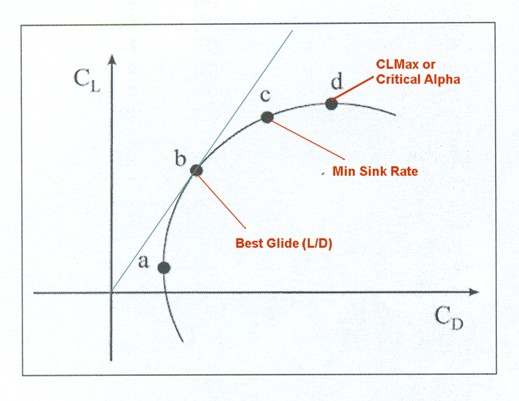Kmax=Сlopt/Cdmin
M=Mach
- The frame structure of the Grid Fins
2.Cellular construction of the Grid Fins - Conventional monoplane wing
Kmax=Сlopt/Cdmin
M=Mach
Kmax is pretty much a useless figure then. Because it’s comparing maximum lift to minimum drag.
Well, if it’s a useless value for you. Then I have some bad news for you.Your knowledge of aerodynamics is zero
Ah, I misread then. I assumed the “ramps down as propellant goes empty” to mean the output of the motor itself in relation to its remaining fuel.
That actually depends on the grain pattern of the propellant. It can fizzle out or ramp up in thrust in the final moments.
I know exactly what it means lol but it is just very useless outside a limited sort of optimization problem where you want the maximum provided moment for the minimum cruise drag. But in reality missiles ofc actually care about their L/D through flight, and their absolute not relative Cd. If the fin provides lots of moment but high drag when it does this Kmax figure completely hides that, and similarly it hides if the missile provides higher moment but at the cost of higher drag.
Any aerodynamicist looking at this graph will tell you how well this or that aircraft flies. The graph shows how aerodynamically perfect it is. The torque generated by the lattice steering wheel is required less than by the monoplane
You’re soooo unbiased tossing around “aerodynamically perfect.” Also actually I shouldn’t have trusted your explanation, because it’s wrong. Kmax isn’t Clmax/Cdmin. It’s the maximum value of Cl/Cd for any AoA, the optimal lift coefficient. Which makes it more of a useful number(if you’re designing a bomber or something), but not the applicable number for a missile because the missile can’t choose an AoA to fly at to maintain its trajectory to minimize Cd, it must maintain a fixed amount of lift which means a varying Cl as it’s speed changes. So this single number isn’t what needs to be optimized.
If you think I’m wrong, you should be able to explain it. Memeing = admitting defeat.
That graph is literally what I said. Your words are however, wrong.
I mean they are obviously wrong. Kmax is the maximum value of Cl/Cd across al AoA. Clmax is the maximum lift coefficent, normally right before a stall. CdMin is the minimum drag coeffient, normally 0 AoA. These are no the same AoA(duh) so Kmax = ClMax/CdMin is completely wrong.
Here, look at this graph. You can see CdMin and ClMax and they’re nowhere near each other. Cl/Cd isn’t graphed here, but it’s in the middle somewhere.

This is a drag polar graph, where you can see that KMax(point b) ClMax(point d) and CdMin(point a) are all different.
That is what you wrote so you just communicated poorly. And your graph still doesn’t say what you want it to.
I was referring to the maximum lift coefficient with minimal drag. Not the absolute maximum of Clift
That’s not what LMax or ClMax is. So don’t call it that. It’s wrong.

Yes, you will note on this chart it lists L/Dmax alongside ClOpt. ClOpt is the lift coeffient at L/Dmax, and is different than ClMax. You can also try dividing ClMax by Cd0(which is generally CdMin) and observe that you get a different result than L/DMax.
Kmax This means with Clmax(not Cl=f(aoa)) at a minimum Cd
Yes it’s increasingly clear you have no idea what you are talking about.
I think he’s demonstrated quite well he understands what he is saying. He’s one of the developers behind the DCS mod that has produced a high fidelity and realistic FM for the Su-27. Between the two of you I feel he’s explained himself quite well.
@BBCRF not sure the gifs are a smart idea, may result in adverse action and give people who don’t understand the impression that you aren’t on the ‘winning’ side. Not that this is about ‘winning’.
@Aetreus if you think the R-77 model is erroneous in-game please explain how and with supporting documents / performance charts.